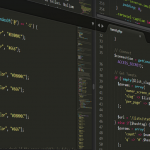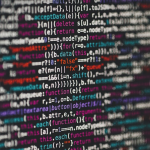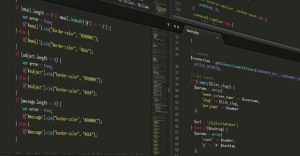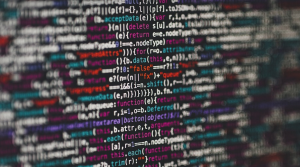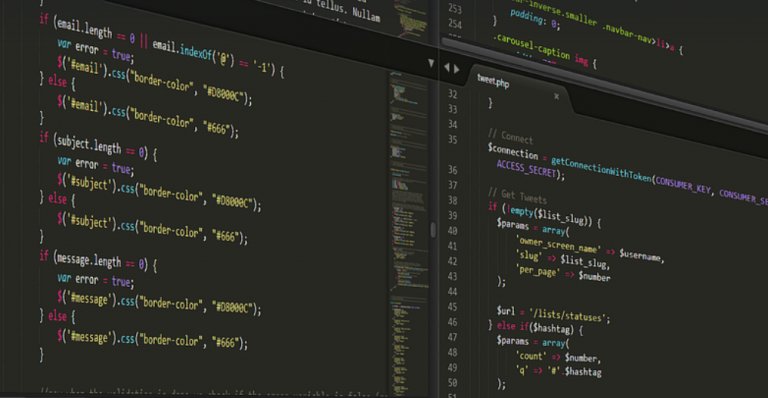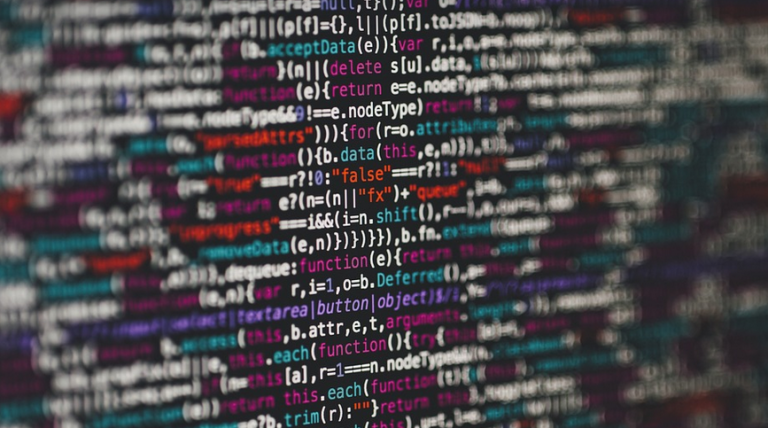Demystifying the Magic of Programming
Ever felt that urge to build something, like your own video game or a helpful website? Well, you’re not alone! The world of programming is abuzz with creativity, problem-solving, and endless possibilities. It might seem intimidating at first, but with the right guide, it can be an exhilarating journey. This journey starts with understanding the fundamental building blocks: programming logic and design.
Think of programming as a puzzle with countless pieces. You need to know how those pieces fit together – the order they go in, how they interact, what purpose they serve, all before you can create something meaningful.
Why Logic and Design Matter
Programming logic is like the brain behind your program: it dictates how your code operates. It determines whether information flows correctly, calculations are performed accurately, and actions happen at the right time. This foundation ensures your programs run smoothly and achieve their intended objectives.
Design, on the other hand, focuses on the blueprint for your puzzle. It involves planning your program’s structure and organization to make it efficient and user-friendly. Good design promotes readability, clarity, and a streamlined experience, making even complex code easier to understand.
Understanding Programming Logic: The Heart of the Matter
Programming logic is all about instructions for machines. You can think of them as commands that tell computers what to do. There are several key elements to consider when mastering this crucial aspect:
**Algorithms:** These are essentially step-by-step sets of instructions that solve specific problems or perform specific tasks. They act like a recipe, providing a clear sequence for your program to follow.
**Control Flow:** Think about the flow of a river – it needs a path and direction before reaching its destination. Control flow dictates how your program’s “river” progresses through different steps and paths based on conditions. It introduces the concept of ‘if-then-else,’ allowing you to choose depending on specific inputs or circumstances.
Unlocking Design Principles: Creating a User-Friendly Experience
Good design is like designing a beautiful house – it’s about creating an inviting and functional environment where users can easily navigate, interact with information, and achieve their goals.
**User Interface (UI):** This refers to the visual elements of your program that users directly interact with. It includes menus, buttons, icons, text fields, and other graphical components designed to be user-friendly and intuitive.
**User Experience (UX):** Beyond just aesthetics, it’s about how well users feel when they interact with your program. It encompasses factors like ease of navigation, clear information organization, responsiveness on different devices, and overall satisfaction.
## Getting Started: Resources for Every Programmer Now that you have a solid understanding of logic and design principles, it’s time to dive into resources that will help you get started with this exciting world!
**Online Courses:** Take online courses from platforms like Codecademy, Coursera, or Udemy. These offer structured learning paths and interactive exercises to solidify your knowledge.
**Coding Tutorials:** Websites like Khan Academy and Freecodecamp provide free tutorials and coding challenges that guide you through the fundamentals.
**Books and Documentation:** There are countless books and resources available, both for beginners and more experienced programmers. Explore topics like “Clean Code” by Robert C. Martin or documentation from popular programming languages like Python or Java.
## The Journey Never Ends: Continuing Your Exploration Remember, learning to code is a continuous journey! It’s about constantly pushing your creative boundaries, tackling new challenges and expanding your knowledge. So, embrace the thrill of coding and explore all its possibilities!
